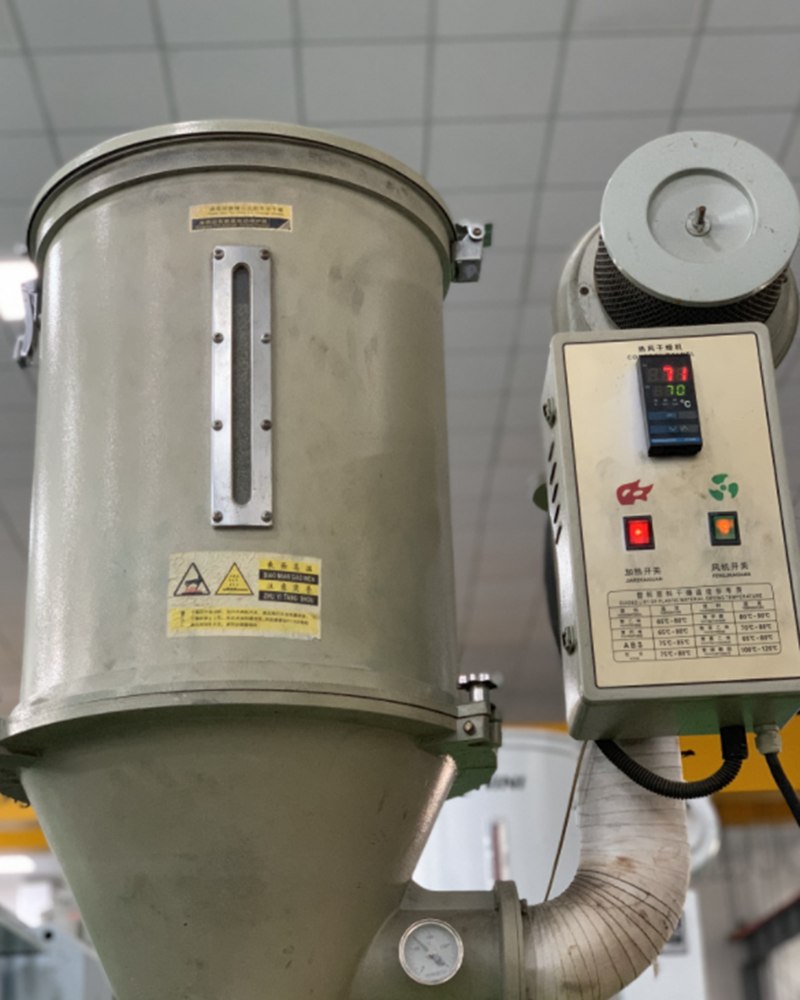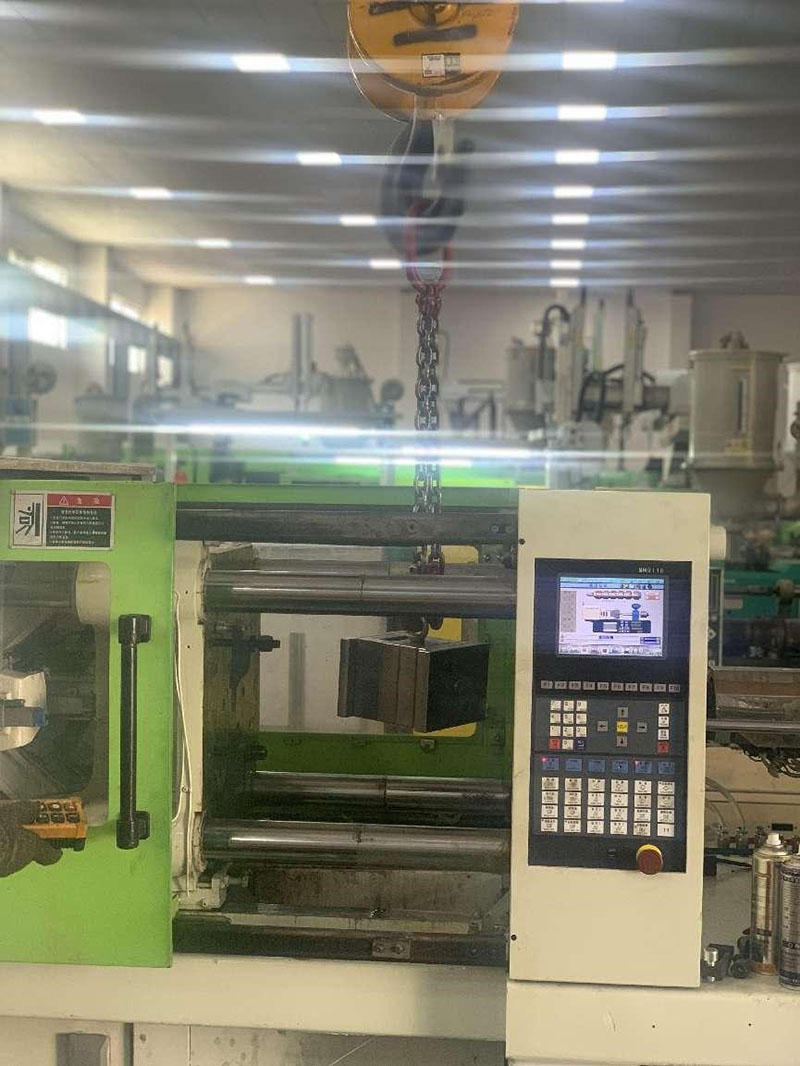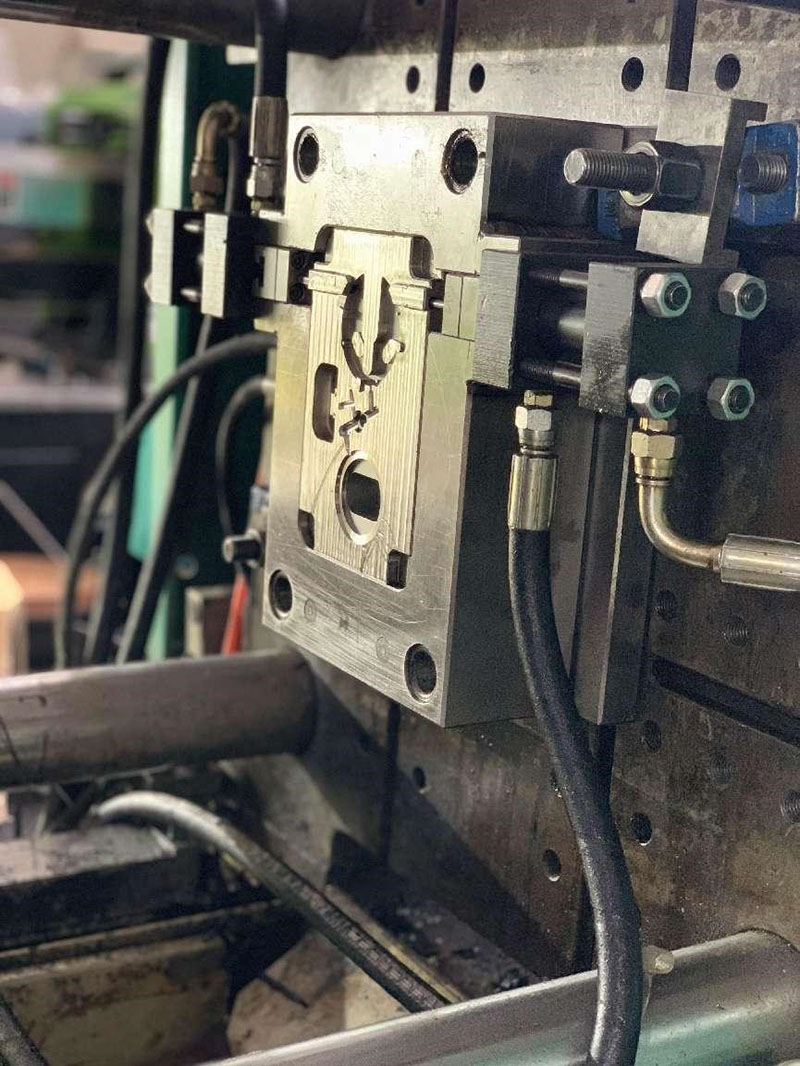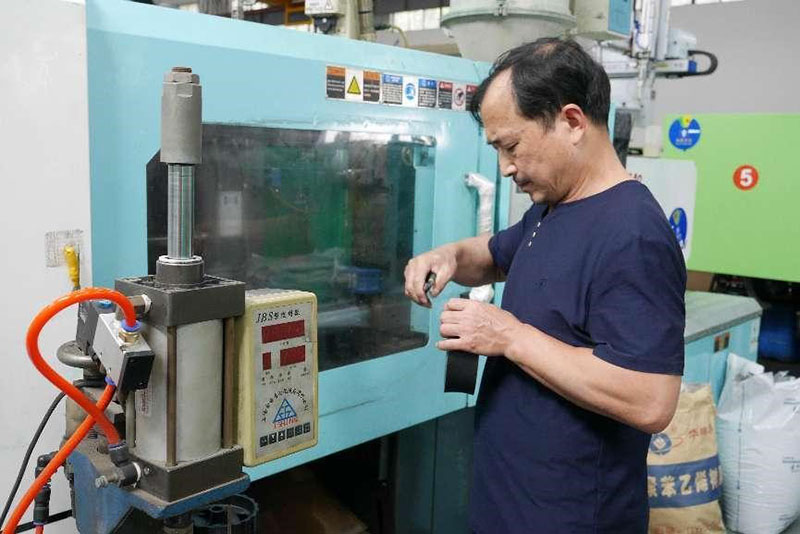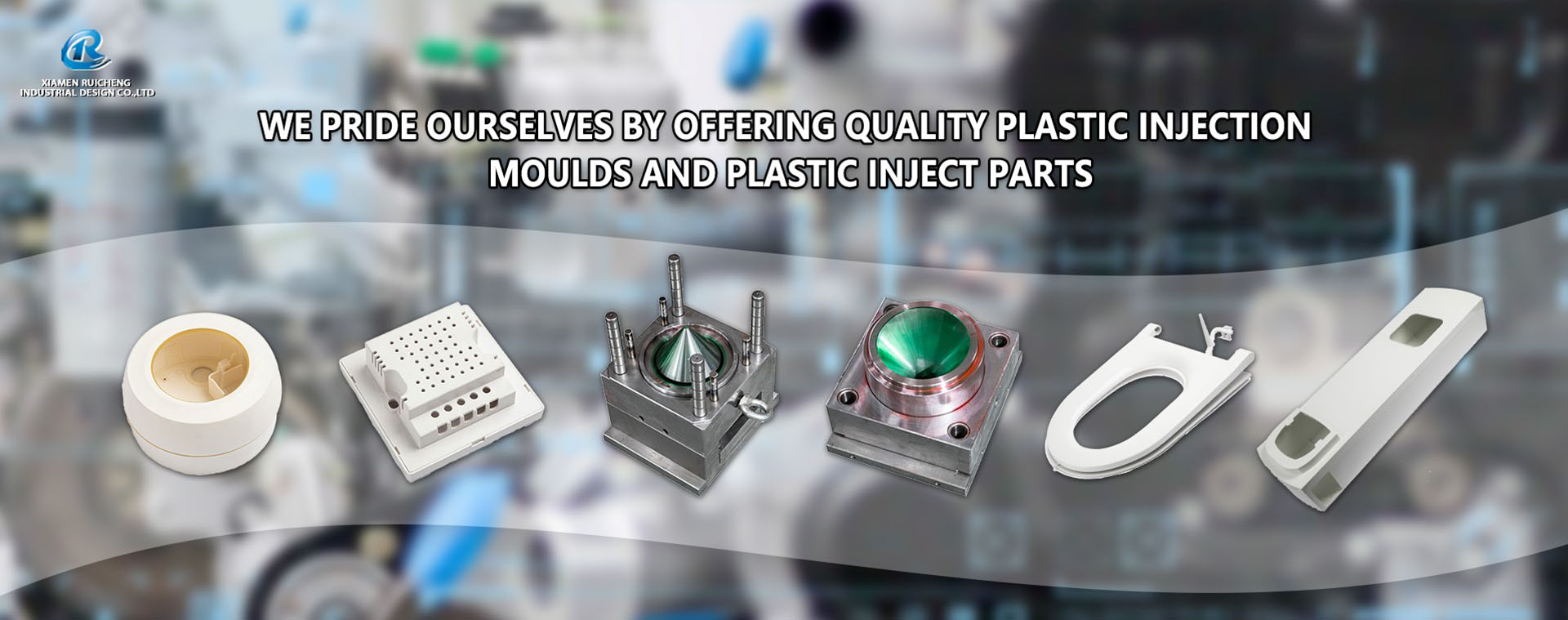The main process parameters of injection molded parts can be grouped into 4 factors which include: Cylinder temperature, melt temperature, injection mold temperature, injection pressure.
1.Cylinder temperature: It is well-known that the success of plastic injection molded parts depends on many factors, including the temperature of the cylinder. The cylinder temperature must be high enough to ensure that the plastic is molten when it reaches the mold, but not so high that the plastic degrades.Achieving the correct cylinder temperature is a delicate balance, and one that is often difficult to maintain. This is because the cylinder temperature can change very quickly, and can be affected by a number of factors, including the type of plastic being used, the size of the mold, the speed of the injection, and the ambient temperature.In order to ensure that the cylinder temperature is maintained at the correct level, it is important to use a temperature controller. This will help to regulate the temperature of the cylinder, and prevent it from fluctuating. There are a number of different types of temperature controllers available, and it is important to choose one that is suitable for the specific application.
2.Melt temperature:Melt temperature is one of the most important parameters in injection molding, and is a good indicator of how well a plastic will flow during the injection process. The melt temperature also has a direct effect on the strength and dimensional stability of the molded part.There are a few things that affect the melt temperature of a plastic, including the chemical composition of the resin, the type of plastic, and the processing conditions. In general, higher melt temperatures result in better flow and lower melt temperatures result in better dimensional stability.The processing conditions that have the biggest impact on melt temperature are injection speed and barrel temperature. Injection speed is the speed at which the molten plastic is injected into the mold and barrel temperature is the temperature of the plastic as it is being injected.Generally, higher injection speeds and barrel temperatures result in higher melt temperatures. However, if the injection speed is too high or the barrel temperature is too low, the plastic can degrade and the molded part can be of poor quality.
3.injection mold temperature:
Different materials require different injection mold temperatures in order to properly melt and mold. The specific temperature you’ll need will also depend on the size and thickness of your material.In order to set your injection mold temperature, you’ll first need to determine what temperature works best for your specific material,such as PC generally requires more than 60 degrees, and PPS in order to achieve a better appearance and improve mobility, the mold temperature sometimes requires more than 160 degrees Once you know this, you can use a thermometer to measure and set the temperature of your molding machine.
4.injection pressure:This is the pressure at which the molten plastic is injected into the mold. Too high and the plastic will flow too quickly, resulting in a part with thin walls and poor dimensional accuracy. Too low and the plastic will flow too slowly, resulting in a part with thick walls and poor cosmetic surface finish. The resistance required for the melt to overcome the advancement directly affects the size, weight and deformation of the product, etc. Different plastic products require different injection pressures. For materials like PA, PP, etc., increasing the pressure will result in a significant improvement in fluidity. The size of the injection pressure determines the density of the product, i.e. the glossy appearance. It does not have a fixed value, and the more difficult the mold is filled, the pressure of the injected part increases.
When your design comes to injection molding parts. Have you ever encountered these difficulties that upset you? How to make perfectly the thickness of the part more than 4CM or the length over 1.5M? How to make a curved product without any deformation? Or how to handle complex undercuts structures…etc.
If you’re struggling with the challenges, If you’re looking for a stable and professional team to help you address the problems?
Ruicheng– your excellent problem solver and secret weapon, who has more than 20 years injection plastic parts experience that will help you break through these difficulties/technical barriers and turn the defined “impossible” things into reality?
Post time: Jan-10-2023

